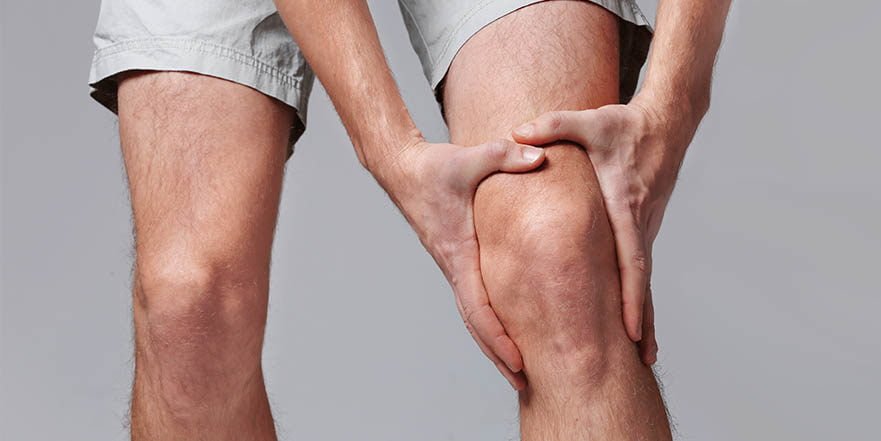As an Osteopath, I frequently encounter patients expressing concerns about peculiar sounds emanating from their knees:
Why does my knee make a clicking sound when I walk?
I’ve been avoiding running lately because my knee clicks.
My knees tend to click during squats.
Why do my knees click when I go down stairs?
These concerns are often raised by younger patients who, out of worry that their knee might be “wearing out,” discontinue exercise altogether. It is crucial to distinguish between physiological and pathological noises to dispel unwarranted fears and prevent avoidance behaviors related to movement.
In response, I inquire whether the clicking sounds are accompanied by pain. Most patients respond with a “No,” prompting a straightforward reassurance that if it’s not causing pain, it may not be a significant concern.
The technical term for the noises within joints is “crepitus,” derived from the Latin word meaning “to rattle.” Patients may describe it as a “popping, cracking, grinding, grating, or clunking” sound.
So, if it’s not indicative of “bone-to-bone grinding,” what’s causing the knee noises?
Frequently, these sounds result from tiny air bubbles (nitrogen) accumulating in joint fluids. As the knee transitions through different positions, there’s a change in pressure within the joint, leading to the release of gas or bubbles, generating the clicking sound—similar to the process when clicking one’s knuckles.

Other factors contributing to knee clicks include the iliotibial band (ITB) on the outer thigh and knee, which may flick over adjacent bony landmarks, and the hamstrings, where the tendons of muscles can produce clicking during activities like running, descending hills, or stairs. These occurrences are typically pain-free and do not indicate serious structural damage or predict future problems. However, if clicking is accompanied by pain, seeking assessment from a doctor or Osteopath is advisable.
In essence, physiological noises in the knee are normal and harmless, with no association with a history of injury, no symptom aggravation, and a sporadic nature due to the accumulation of air in joint fluid. On the other hand, pathological sounds are often linked to swelling, trauma history, consistent observation during careful examination, and are frequently painful. Therefore, if there are no accompanying symptoms, there’s no need for undue stress.




